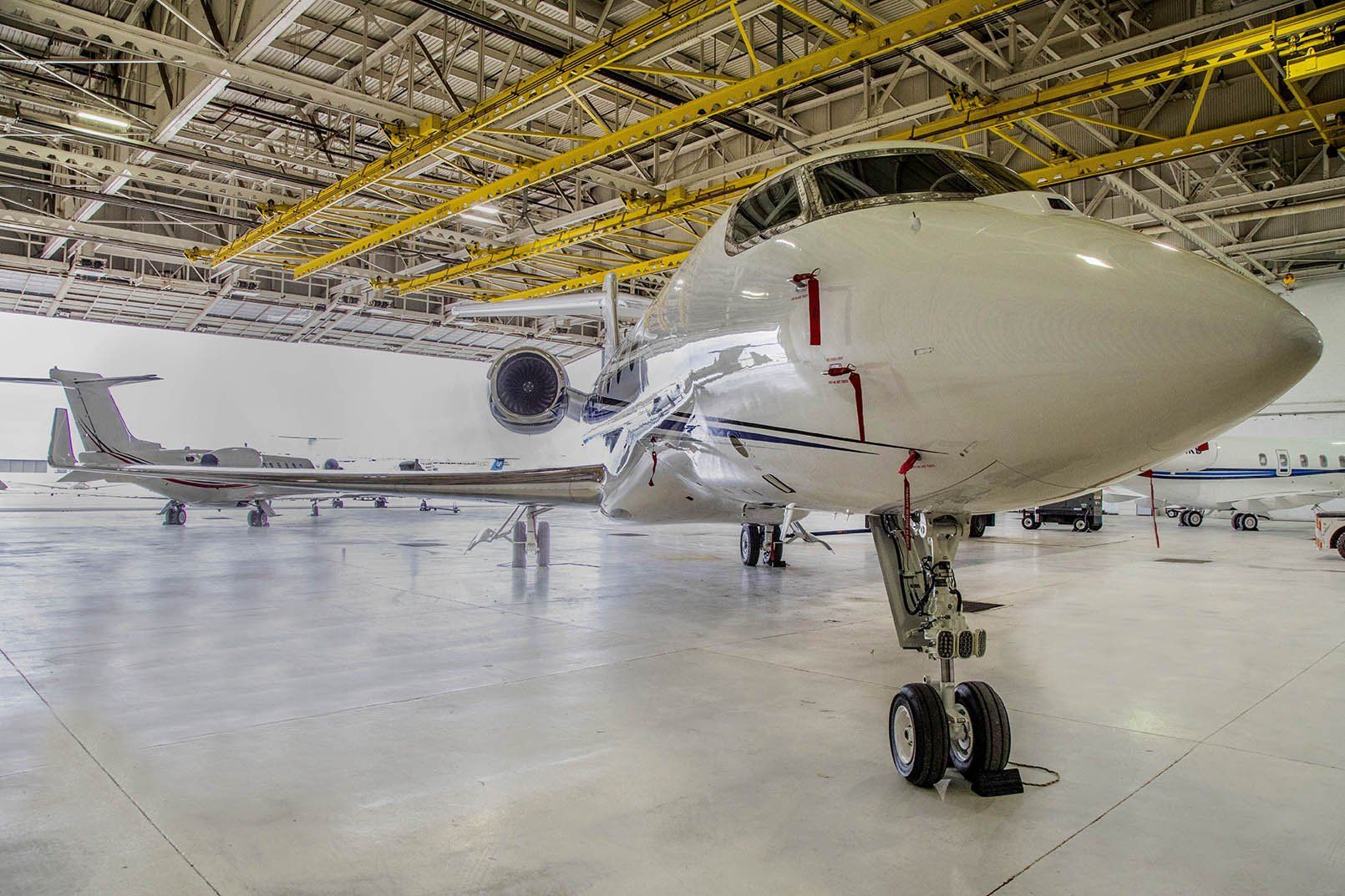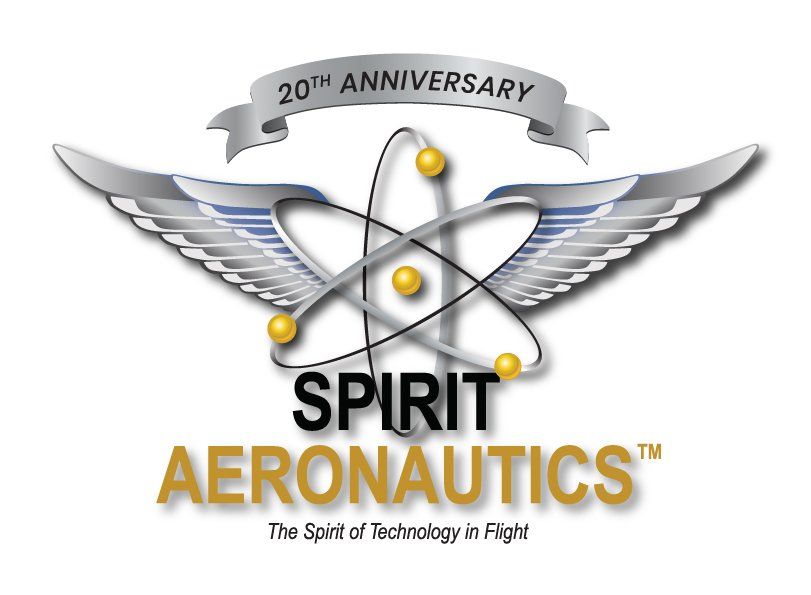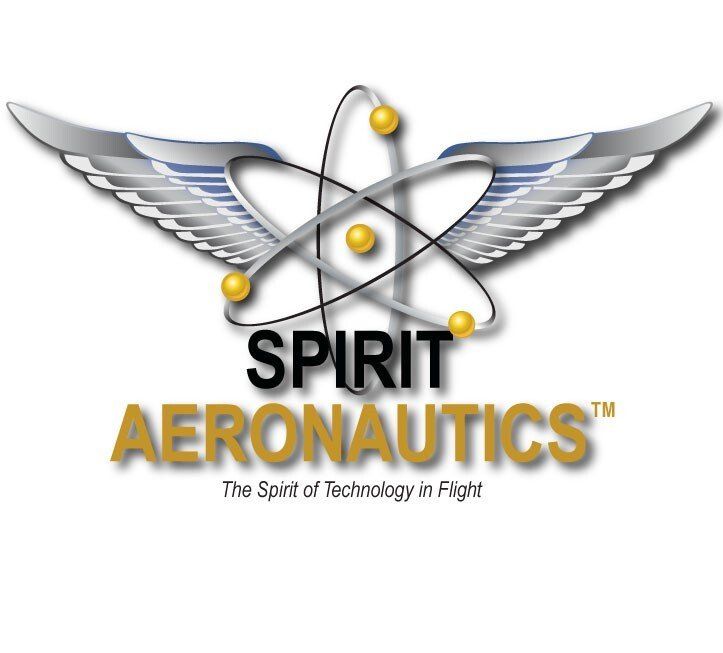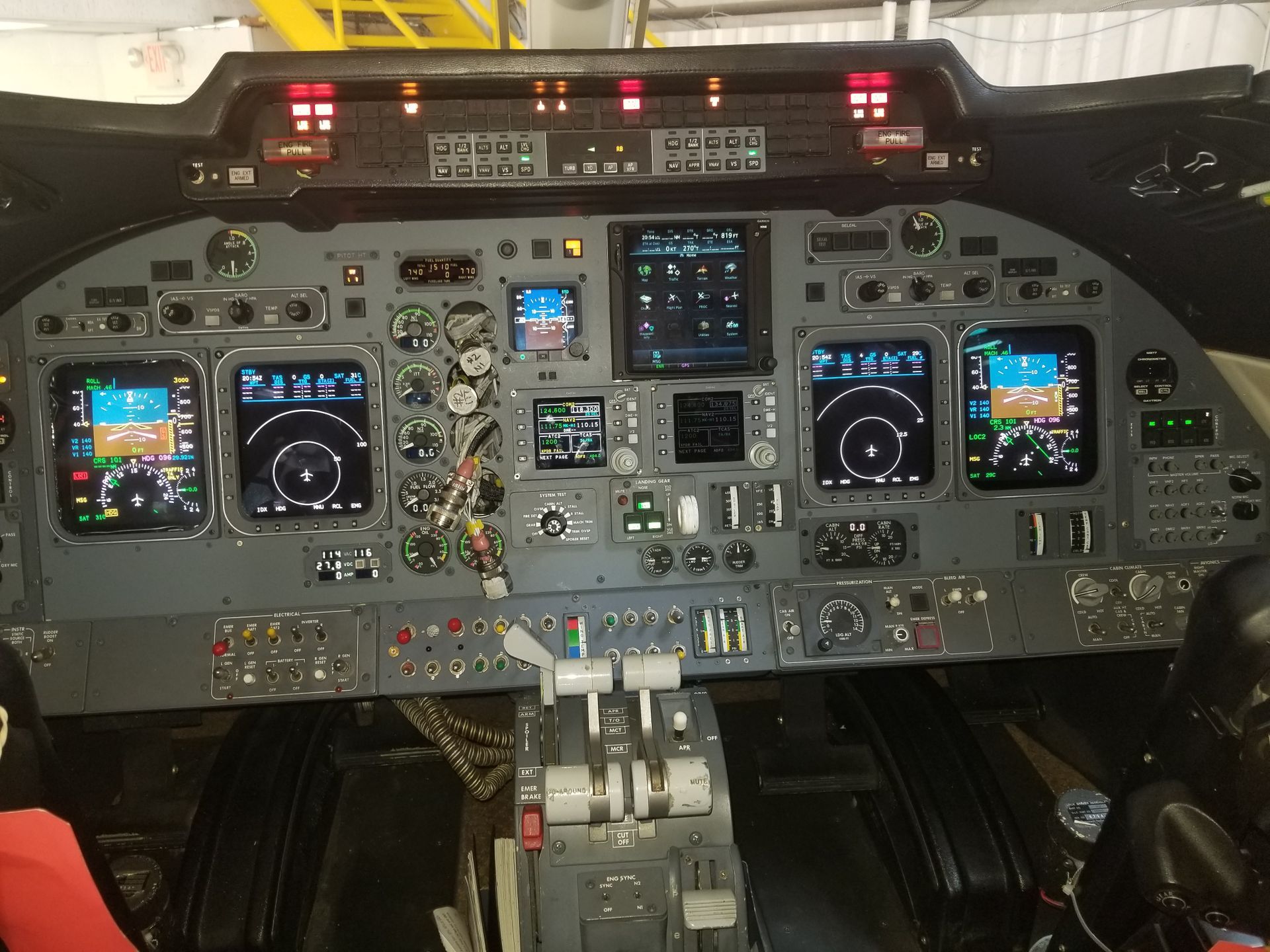Revolutionary Changes in Avionics-Transforming Legacy Aircraft
Parts Obsolescence
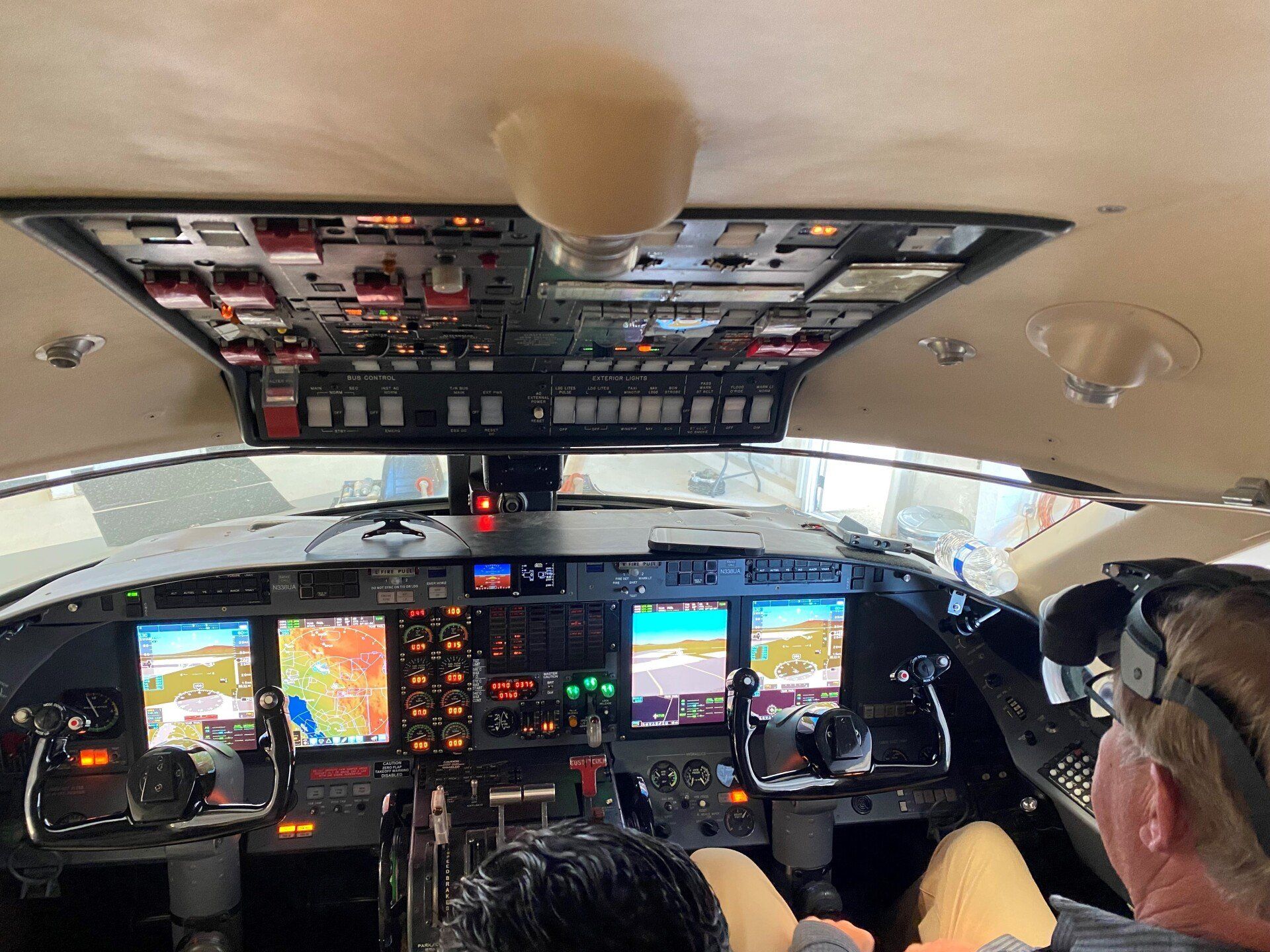
Parts obsolescence is a significant challenge for anything built that remains in operation long after the product's manufacture & support has expired. Aircraft system life cycles are much longer than technology life cycles in the aerospace industry. Airframe designs survive many decades relatively unchanged, while onboard electronics become obsolete much faster.
The continued avionics modifications and upgrades in the aerospace industry have far exceeded any consumer-grade electronic systems for ongoing support in many cases for avionics equipment and software. The time is upon us now to modernize systems and keep these expensive assets serviceable and marketable for many aircraft.
Examples such as the Boeing 737 & 747 are aircraft that have remained fundamentally the same since their inception 50 years ago. Other than an increase in size, their significant changes have involved engines and avionics over these many decades. The engines gained high bypass turbofans as an excellent refinement while the avionics have changed in revolutionary ways, much as the consumer electronics industry has performed since 1969.
This cycle for avionics equipment development and the long service life is in stark comparison to other markets such as consumer and commercial electronics. The electronics parts manufacturing industry responds quickly to consumer electronics while the avionics’ manufacturing industry is slow to produce with extensive certification requirements and testing. The manufacturers of the small, discreet electronics components quickly march on with new product development and support. Leaving long-standing avionics products with limited parts support for the many ongoing years where the manufacturers are still required to sustain current generation avionics
Electronic repair shops have all but disappeared for radio and TV repairs within the past few decades. Consumer electronics become disposable once they reach the end of a concise life. The technology often moves on, and the device quickly becomes obsolete due to consumer demand for newer tech and/or lack of support for electronic device repairs. Many avionics systems in legacy aircraft are still supported and operating after 30 years or more. It's a remarkable achievement for the aviation industry; anything built for the consumer electronics industry can rarely match these results.
The efforts to keep these systems viable go by many different titles and acronyms. The US Department of Defense refers to the lack of ongoing support for legacy equipment as Diminishing Manufacturing Sources and Material Shortages (DMSMS). DMSMS issues are inevitable for the military as acquisition processes are very long and new product development is expensive relative to maintaining the support of legacy systems in current and critical use phases. DMSMS issues affect material readiness and operational availability, which, in turn, affect both combat operations and personnel safety.
Parts obsolescence is becoming more pronounced in the current business aircraft market environment as older aircraft have regained a significant increase in their market values.
Airframes considered near or end of life are fast becoming candidates for significant modernization efforts.
Revolutionary changes in electronics have transformed legacy aircraft and brought them into the 21st century, allowing many well-supported legacy aircraft models to operate like new for the owner. Saving money in total aircraft costs while enhancing the safety, utility, and viability of many excellent legacy aircraft is supported by a strong aftermarket MRO industry, including companies like Spirit Aeronautics, specializing in aircraft systems modernizations.
BLOGS
The Impact of Using FAA STC's for ADS-B
